Verified Cleaning Results Every Time
Bringing automated traceability to an unverified step in the process
The CORIS® system enables you to document and record the thorough cleaning of endoscope channels. Where previously the manual step was hard to track and even harder to verify a reproducible input and output, the CORIS device includes independent sensors that monitor the critical cleaning parameters to record and validate every cleaning cycle.
Electronic Documentation
Automation of record keeping keeps your books audit ready
The CORIS system electronically documents every cleaning cycle, you can view, download or print the data ensuring you are ready for your next audit.

A Sustainable Solution
Helping you meet your sustainability targets
CORIS QUANTUM® is a non-toxic cleaning agent that is non-hazardous for the environment and safe for users. The bottle is made predominantly from HDPE, a commonly recyclable material. The CORIS system reduces single-use waste from the manual cleaning process by 54% by removing brushes and syringes.10

Features At-A-Glance
The CORIS system uses multiple sensors and an algorithm to accurately control a validated cleaning cycle that ensures consistent and repeatable cleaning results.
The CORIS system provides records of each cycle, traceable to the endoscope ID and critical cleaning cycle process parameters of the endoscope being cleaned.
The cleaning agent used by the CORIS system is a non-toxic compound consisting of fine, water-soluble particles that provide physical cleaning and is non-hazardous to the environment.
It is delivered in a bottle made predominantly from HDPE, a commonly recyclable material.11
A validated self-disinfection process ensures all the internal fluidic paths of the CORIS device are not a source of contamination. Once set-up, the cycle is a hands-off process allowing decontamination staff to conduct other tasks.
The cycle parameters including the user are recorded and available for record keeping and audit.
1. Moshkanbaryans L, Shah V, Tan LY, et al. Comparison of two endoscope channel cleaning approaches to remove cyclic build-up biofilm. J Hosp Infect. 2024;150:91-95. doi:10.1016/j.jhin.2024.05.014
2. Roberts CG. The role of biofilms in reprocessing medical devices. Am J Infect Control. 2013 May;41(5 Suppl):S77-80. doi: 10.1016/j.ajic.2012.12.008.
3. Kovaleva J Infectious complications in gastrointestinal endoscopy and their prevention. Best Pract Res Clin Gastroenterol. 2016 Oct;30(5):689-704.
4. Ren-Pei et al. Correlation between the growth of bacterial biofilm in flexible endoscopes and endoscope reprocessing methods. Am J Infect Control. 2014 Nov;42(11):1203-6.
5. Ribeiro MM, Graziano KU, Olson N, França R, Alfa MJ. The polytetrafluoroethylene (PTFE) channel model of cyclic-buildup biofilm and traditional biofilm: The impact of friction, and detergent on cleaning and subsequent high-level disinfection. Infect Control Hosp Epidemiol. 2020; 41(2):172-180.
6. Qiu L, Zhou Z, Liu Q, Ni Y, Zhao F, Cheng H. Investigating the failure of repeated standard cleaning and disinfection of a Pseudomonas aeruginosa-infected pancreatic and biliary endoscope. Am J Infect Control 2015;43:e43–e46
7. Simulated Use Testing Data on File
8. Data on file – CL528
9. Ofstead, C. L., Hopkins, K. M., Smart, A. G. & Brewer, M. K. Droplet dispersal in decontamination areas of instrument reprocessing suites. Am J Infect Control 50, 126–132 (2022).
10. Data on file – CL536
11. Data on file - CL535
* CTS = Combination Test Soil and cATS = Artificial Test soil with 20% coagulated blood.
** ISO 15883-5:2021. Washer-disinfectors - Part 5: Performance requirements and test method criteria for demonstrating cleaning efficacy. International Organization for Standardization; 2021. AAMI ST98:2022. Cleaning and Sterilization of Medical Devices. Association for the Advancement of Medical Instrumentation; 2022.

